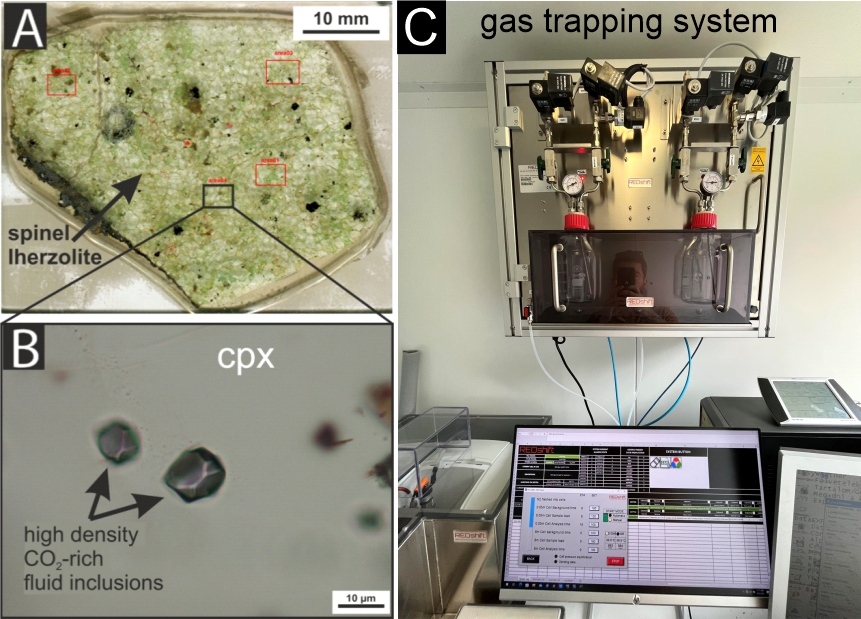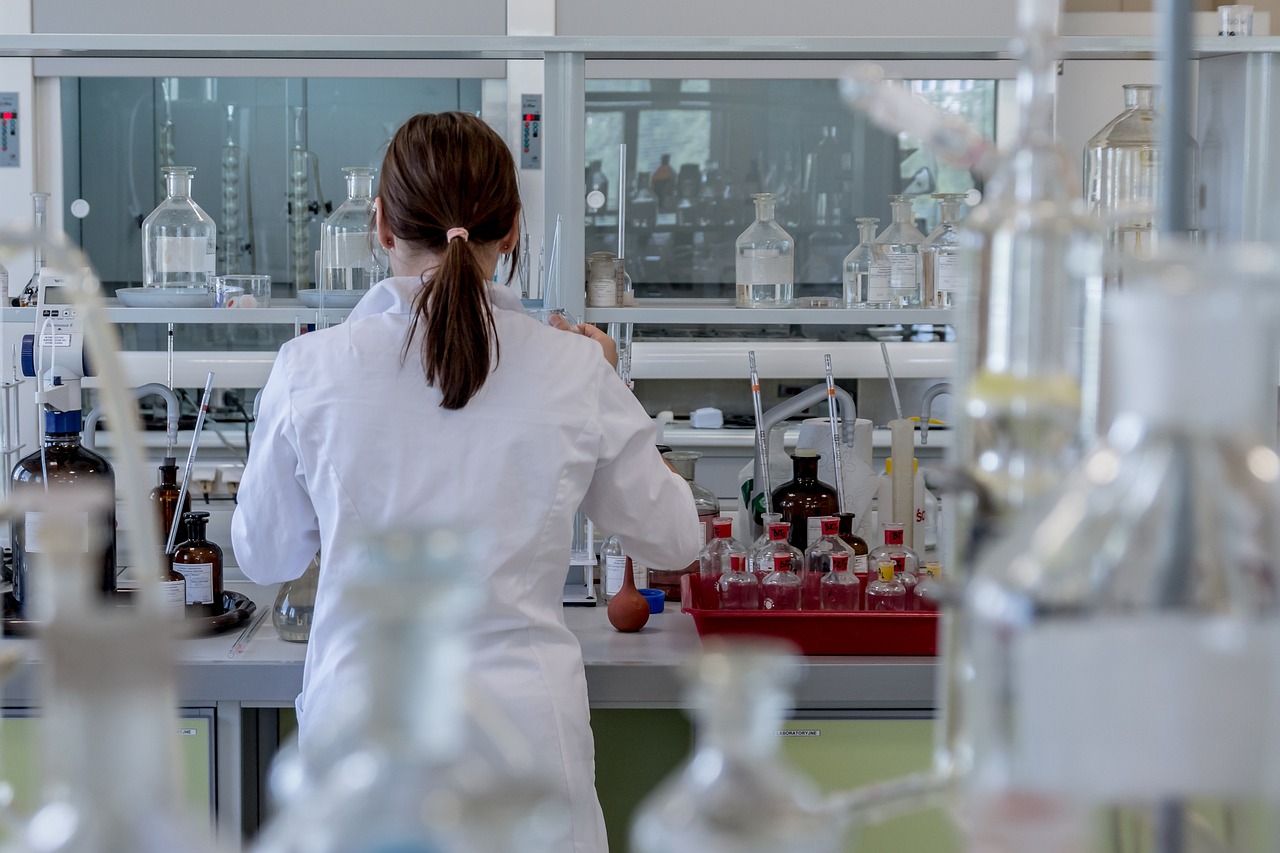Gases from Deep Within: Hungarian Study Offers New Perspective on Climate and Earthquake Research
Understanding the origin, behaviour, and migration pathways of deep-seated gases—such as carbon dioxide, hydrogen, methane, and radon—can offer valuable new perspectives on climate change and even earthquake prediction. For example, several ongoing studies at the HUN-REN Institute of Earth Physics and Space Science (HUN-REN EPSS) are examining the impact of geologically sourced carbon dioxide in both soil and the atmosphere.
The researchers' main objective is to understand how subsurface gases affect solid Earth processes and the amount of CO₂ and other gases released into the atmosphere. To achieve this, they must first investigate how these geologically sourced gases form, determine their precise composition, and examine how they migrate and under what conditions. As the researchers explain, regardless of how deep underground these gases originate, they do not remain there—instead, they migrate vertically and may eventually reach human environments, including groundwater systems, the surface, and even the atmosphere.
“These gases typically include carbon dioxide, but may also involve carbon monoxide, methane, hydrogen, and various sulphur-bearing compounds. Our group monitors them within the uppermost 70–80 kilometres of the Earth,” explains Márta Berkesi, Senior Research Fellow at HUN-REN EPSS and Head of the FluidsByDepth Momentum Research Group. “In Hungary, the lithosphere is approximately 70 kilometres thick.”
The upper lithosphere is a favourable zone for studying gas migration, particularly along rock boundaries and fault zones—especially where different rock types meet, such as limestone and volcanic formations. Similarly, fractured rocks facilitate gas movement, with the resulting channels acting as conduits. While the upper layers are relatively well understood, far less is known about deeper regions. To investigate these, researchers examine fluid inclusions trapped in minerals, which allow the tracking of fluids originating from various depths within the lithosphere.
“In deeper layers, rocks deform plastically rather than fracturing. Nanometre-scale channels within minerals are likely to play a key role in gas migration, allowing gases to gradually ascend into shallower regions, from where they may eventually reach the surface through larger conduits,” says the researcher from HUN-REN EPSS.
In the Carpathian Basin region, two fixed monitoring stations—one in Covasna, Transylvania, and the other in the Balaton Uplands, Hungary—track the amounts of carbon dioxide and other gases released into the atmosphere from geological sources on monthly and annual timescales. In the Balaton Uplands, researchers have identified and studied degassing sites along fault lines where rock layers have fractured or shifted slightly.

CO₂-rich fluids (B) trapped in subsurface rock at the Balaton Uplands (A), and soil gas trapping at the Badacsonytördemic monitoring station (C), degassing sites identified along fault lines. (Source: FluidsByDepth Momentum Research Group)
The researchers also aim to better understand potential changes in soil gas composition and atmospheric parameters before, during, and after earthquakes, in order to shed light on possible links between deep-sourced gases and seismic activity.
“We also observe that these deep-sourced gases can transport other gases—such as radon, which typically accumulates in soils or at shallow depths—to the surface and into the atmosphere,” says Márta Berkesi. By distinguishing between geological and anthropogenic gas sources, the researchers hope to support decision-makers in designing climate policy strategies accordingly.
Although the research does not specifically focus on health effects, the scientists note that their findings may have physiological relevance. For example, they have identified several correlations between CO₂ degassing and seismic activity, and it is well established that radon released from the subsurface and accumulating near the surface can increase the risk of lung diseases, including lung cancer.

